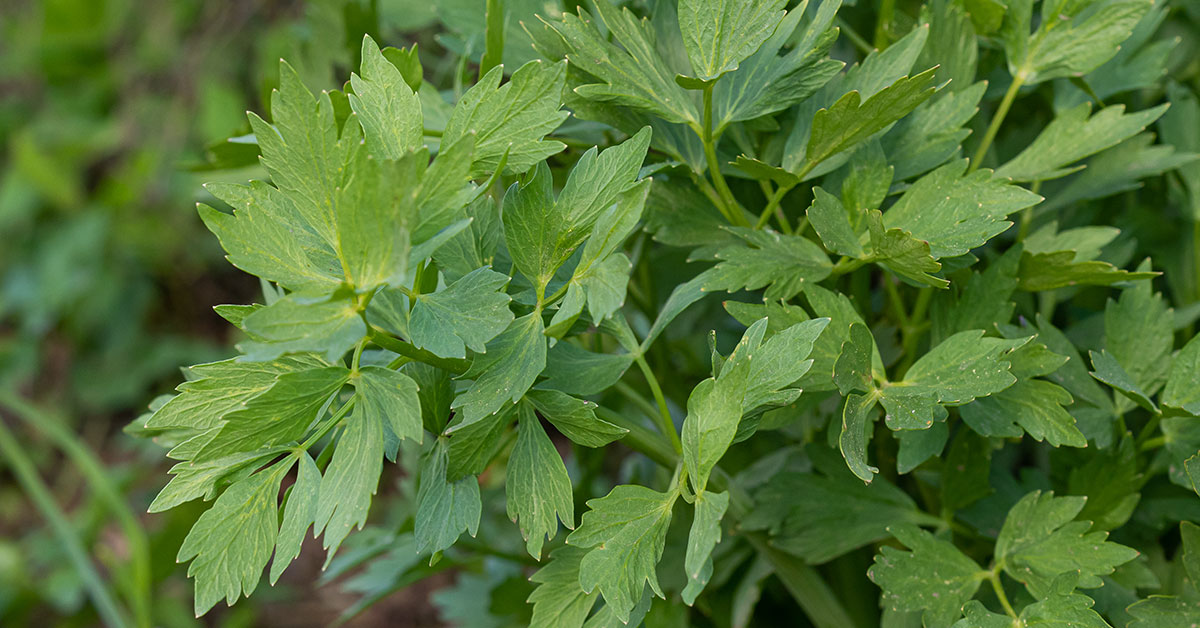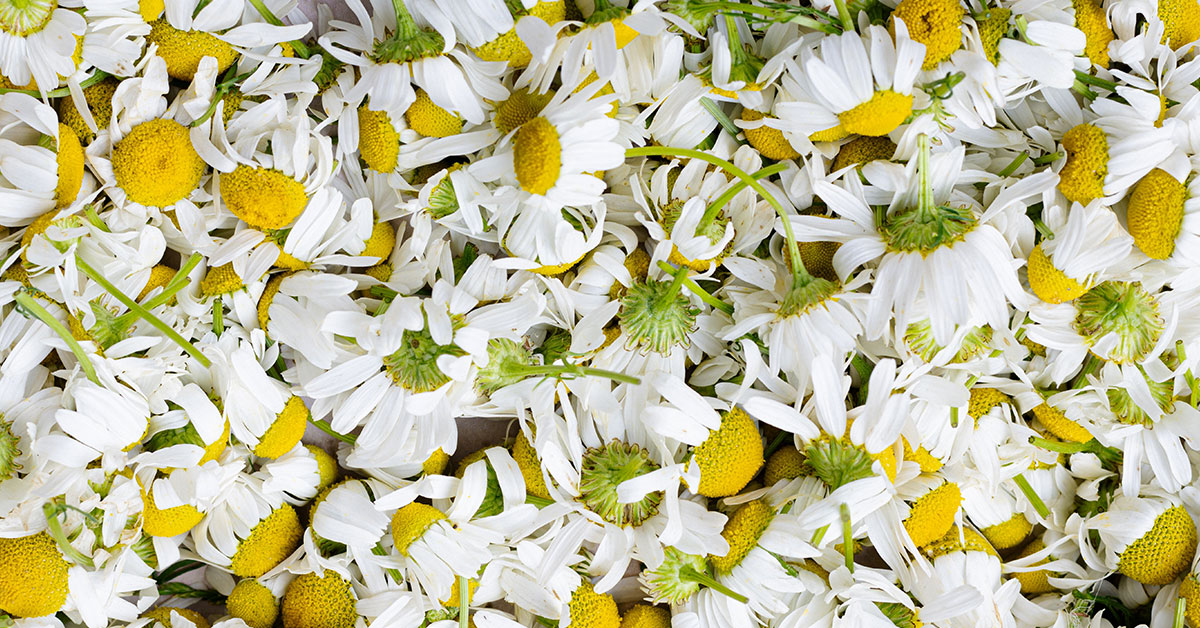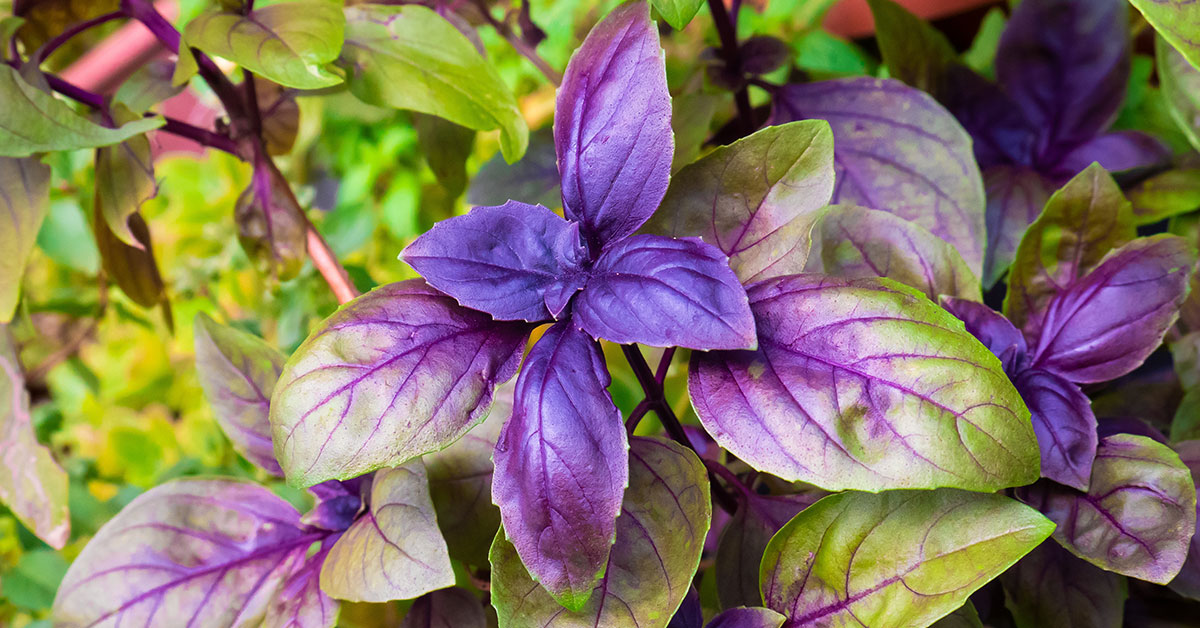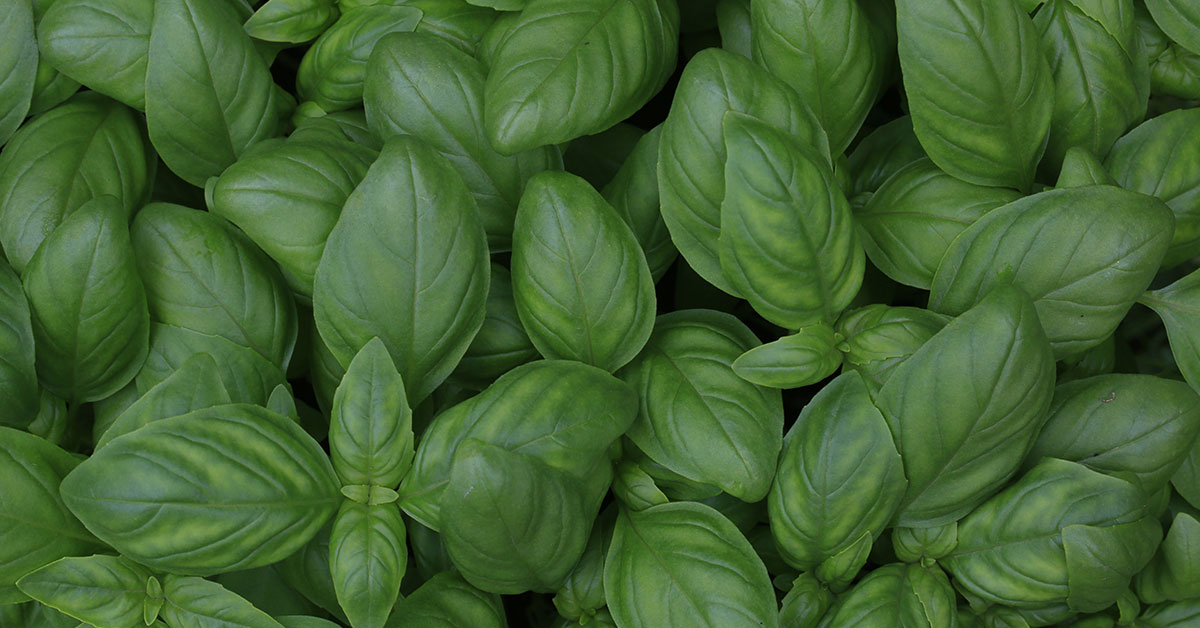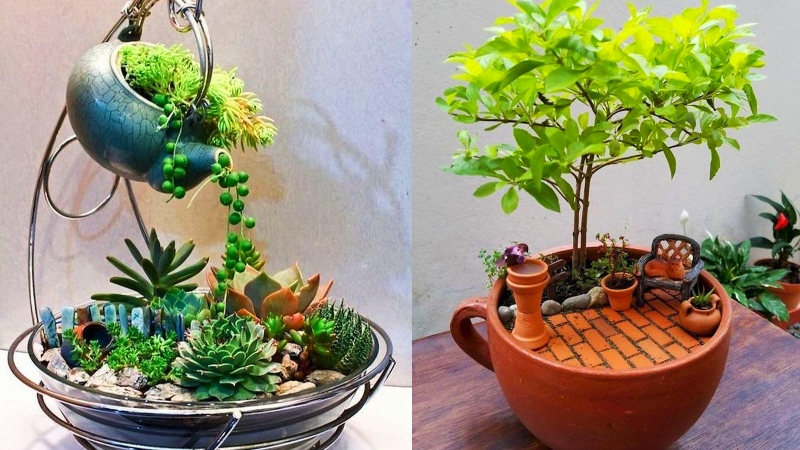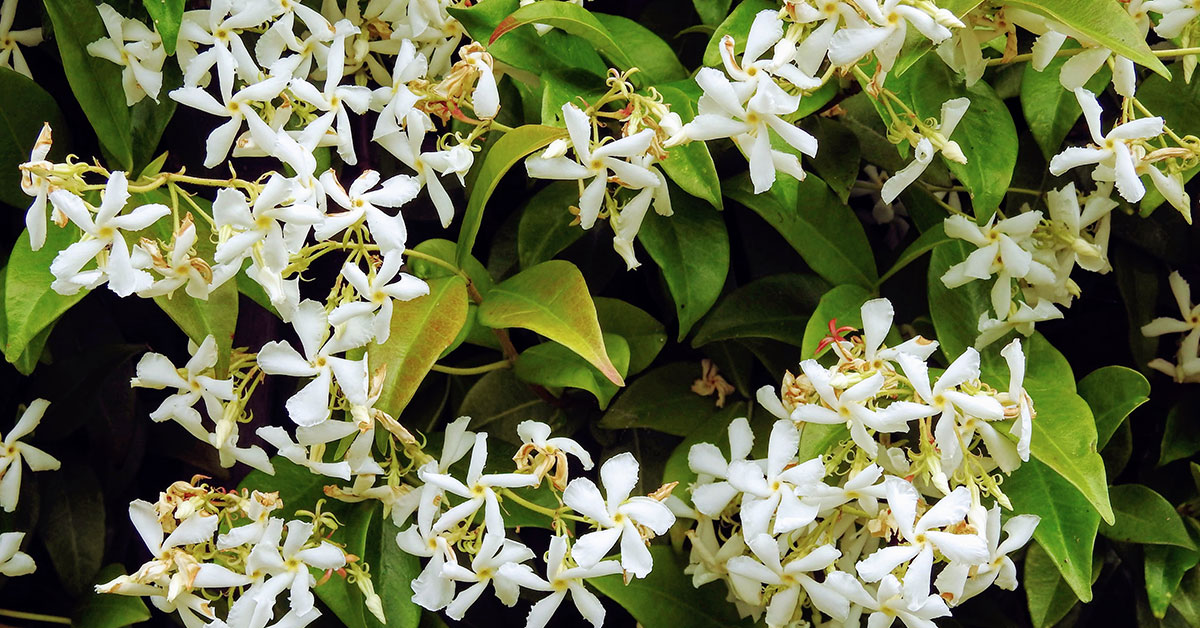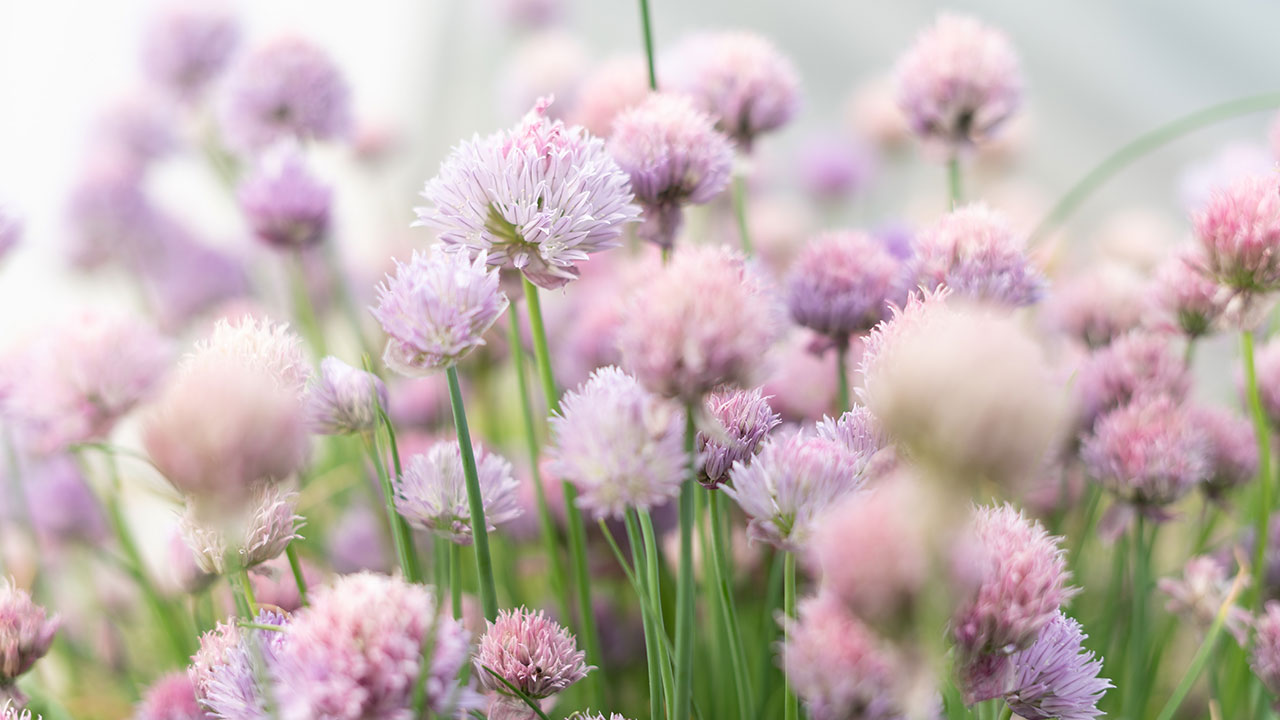Lovage (Levisticum officinale) is a unique and versatile herb that is commonly used in European cuisine. This perennial plant has a distinctive flavor that is similar to celery, with a touch of anise and parsley. It’s a great companion plant for cabbage.
This herb can grow up to six feet tall and is known for its aromatic leaves, hollow stems, and yellow-green flowers that bloom in the summer. If you’re looking to add a flavorful and easy-to-grow herb to your garden, Lovage is a great choice.
In this article, we will discuss the best ways to grow and care for Lovage in your own garden.
What is lovage?
Lovage (Levisticum officinale) is a perennial herb that belongs to the Apiaceae family, which also includes carrots, parsley, and dill. It is native to Southern Europe and the Mediterranean region but is now grown in many parts of the world.
It can grow up to six feet tall and has large, dark green leaves that resemble those of celery. It produces small, yellow-green flowers that bloom in the summer and has a distinct flavor that is similar to celery, with a touch of anise and parsley.
Lovage is a versatile herb that is commonly used in European cuisine and has been valued for its culinary and medicinal properties for centuries.
What does lovage taste like?
Lovage has a distinct flavor that is similar to celery, with a touch of anise and parsley. The leaves, stems, and seeds of this herb are all edible and can be used in a variety of culinary dishes. The flavor is stronger and more intense than celery, with a slightly bitter and herbal taste. Some people also describe the flavor as slightly sweet and spicy.
How to grow and care for lovage
Lovage (Levisticum officinale) is a versatile and flavorful herb that is easy to grow in the garden. Here are some steps to follow for growing and caring for this versatile herb:
- Choose a location: Lovage prefers full sun to partial shade and well-draining soil. The plant can tolerate a range of soil types, but it grows best in moist, fertile soil.
- Planting: You can grow it from seeds or cuttings. If using seeds, start them indoors in early spring and transplant them outside when the weather is warm. Alternatively, you can sow the seeds directly into the soil after the last frost. If using cuttings, plant them directly into the soil and water them thoroughly.
- Watering: Lovage requires consistent moisture to grow well. Water the plant regularly, especially during hot and dry weather. Avoid overwatering, as this can lead to root rot.
- Fertilization: This herb does not require much fertilization. You can add compost or well-rotted manure to the soil around the base of the plant in the spring to provide it with nutrients.
- Maintenance: Lovage is a low-maintenance plant that requires minimal care. Prune the plant regularly to encourage bushier growth and prevent it from becoming too leggy. Cut back the plant by one-third to one-half in the spring.
- Harvesting: Harvest the leaves when they are young and tender for the best flavor. Pinch off the leaves at the stem tips, leaving enough leaves on the plant for it to continue to grow. You can harvest the leaves throughout the growing season.
- Storage: Store harvested lovage in a plastic bag in the refrigerator for up to one week. You can also dry the leaves and store them in an airtight container for later use.
In conclusion, growing and caring for lovage is easy and requires minimal effort. By following these tips, you can ensure that your lovage plant thrives and provides you with years of flavorful and aromatic leaves for use in a variety of culinary dishes.
Harvesting and storage
Harvesting lovage (Levisticum officinale) is easy and can be done throughout the growing season. Here are some steps to follow when harvesting lovage:
- Timing: The leaves can be harvested when they are young and tender for the best flavor. The leaves can be harvested throughout the growing season, but it is best to avoid harvesting too many leaves at once to prevent stunting the plant’s growth.
- Method: To harvest lovage leaves, simply pinch off the leaves at the stem tips with your fingers or use scissors to cut them off. It is best to leave some leaves on the plant for it to continue to grow.
- Storage: Store harvested leaves in a plastic bag in the refrigerator for up to one week. You can also dry the leaves and store them in an airtight container for later use.
- Storing the Roots: Lovage roots can also be harvested in the fall. Use a garden fork to dig up the roots and wash them thoroughly. You can store the roots in a cool, dry place for later use.
Uses
Lovage (Levisticum officinale) is a versatile herb that has been valued for its culinary and medicinal properties for centuries. Here are some common uses of lovage:
- Culinary Uses: Lovage has a distinct flavor that is similar to celery, with a touch of anise and parsley. The leaves, stems, and seeds of lovage are all edible and can be used in a variety of culinary dishes, including soups, stews, sauces, and salads. The leaves can be used as a seasoning for vegetables, fish, and meat dishes, while the stems can be used as a substitute for celery in recipes. The seeds of lovage can be used as a spice, similar to caraway or fennel.
- Medicinal Uses: Lovage has been used for centuries in traditional medicine to treat a variety of ailments, including digestive issues, respiratory problems, and menstrual cramps. The plant contains compounds that have anti-inflammatory, antimicrobial, and diuretic properties. The essential oil of lovage has also been used in aromatherapy to promote relaxation and reduce anxiety.
- Other Uses: This herb has been used in cosmetic products, including soaps and perfumes, due to its pleasant fragrance. The plant has also been used as a natural insect repellent.
Lovage is a versatile herb that has many culinary and medicinal uses. It is a great addition to any herb garden and can be used in a variety of dishes to add flavor and nutrition.
